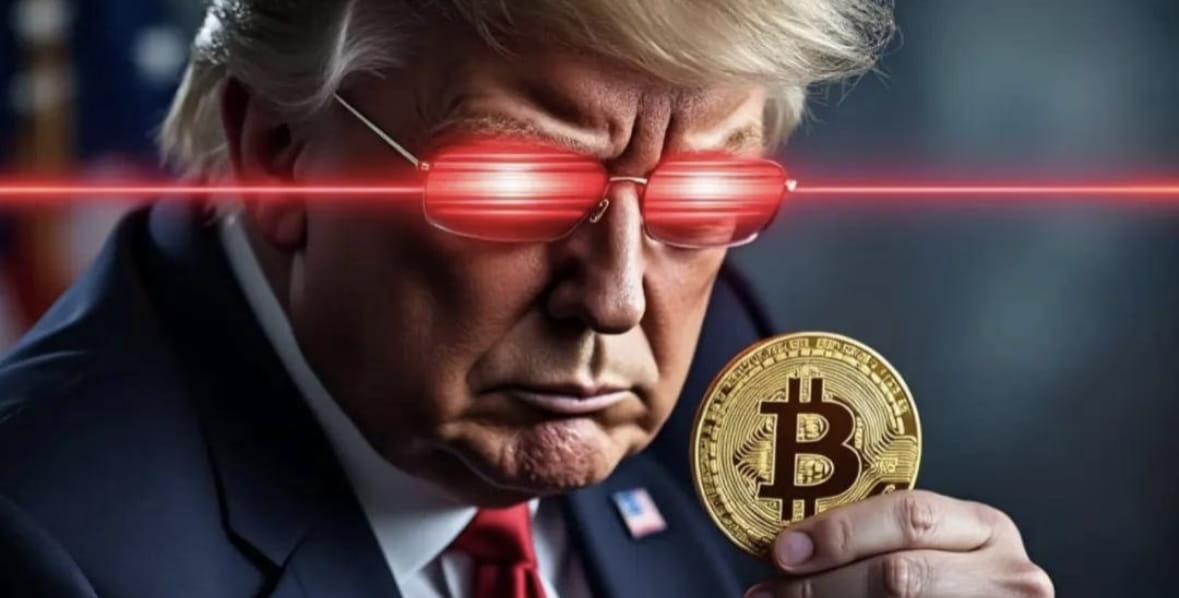The U.S. national debt, this 'super bomb,' has surpassed the $37 trillion mark, equivalent to over $100,000 of debt per American! This astronomical figure not only leaves the White House in a bind but also resembles a time bomb with a sizzling fuse, alarming the global financial markets. Yet amid this debt storm, the crypto market has quietly sounded the horn of counterattack. Is it the 'sucker' taking the fall, or the Noah's Ark for fleeing capital?
Who is 'filling the debt pit' for the U.S.?
Currently, 77% of U.S. debt rests on 'insiders' — the Fed holds $4 trillion in IOUs, becoming the largest creditor; Wall Street institutions are also laden with Treasury bonds. The remaining 23% of 'foreign debt' is dispersed among overseas investors like Japan and China, but China is continuously 'dropping the burden,' with its U.S. Treasury holdings falling to the lowest level since 2009.
What’s even worse is that the U.S. has long been trapped in a 'robbing Peter to pay Paul' debt cycle: In 2025, it must repay $8.5 trillion in principal + $1.2 trillion in interest, which amounts to a staggering $22 billion per day to 'fill the pit'! This game of 'borrowing new to repay old' relies entirely on global trust in the dollar for survival, but now a selling tide is brewing, and the cracks in trust are widening.

Crypto market: The 'unexpected winner' of the debt crisis?
The Fed's policies are like a 'baton' for the crypto market: A December 2024 interest rate cut caused Bitcoin to plummet, but if the rate cut in 2025 fails to meet expectations, decentralized safe-haven assets like Bitcoin may instead become highly sought after, attracting panic funds for the long term.
Countries like China reducing their holdings of U.S. Treasuries are quietly directing funds into the crypto market — Bitcoin, the 'digital gold,' has become a new favorite of capital. Argentina has announced the inclusion of Bitcoin in its foreign exchange reserves, and Hong Kong's virtual asset exchanges have been continuously approved. These signals are shouting: 'Funds are heading this way!'
More critically, the crypto market is 'turning over a new leaf': The Ethereum 'Denver upgrade' has skyrocketed transaction speeds, and the EU's MiCA legislation has clearly delineated regulatory boundaries. The once 'wild growth' is transforming into a 'regular army.' Institutional funds are noticing and are entering the market; reinforcements for the crypto market are continuously arriving.
The future: Can Bitcoin make a comeback as the 'new king'?
In the short term, the Fed's policy swings and geopolitical conflicts will likely put the crypto market on a 'roller coaster,' but Bitcoin's 'supply gap' and institutional holdings have built a safety cushion for it. If U.S. dollar credit continues to collapse in the long term, global capital is likely to collectively turn to Bitcoin for safety.
It is important to know that 59% of the world's foreign exchange reserves are held in dollars. Once the hegemony of dollar settlements loosens, the wave of selling U.S. Treasuries and embracing cryptocurrency may come more violently than expected. This confrontation between the debt crisis and the rise of crypto may be rewriting the rules of the global financial game.#BTC再创新高 #主流币轮动上涨 $BTC
Brother Xing's knife is faster than the dog house! Follow me, and I'll teach you how to counter the market!
